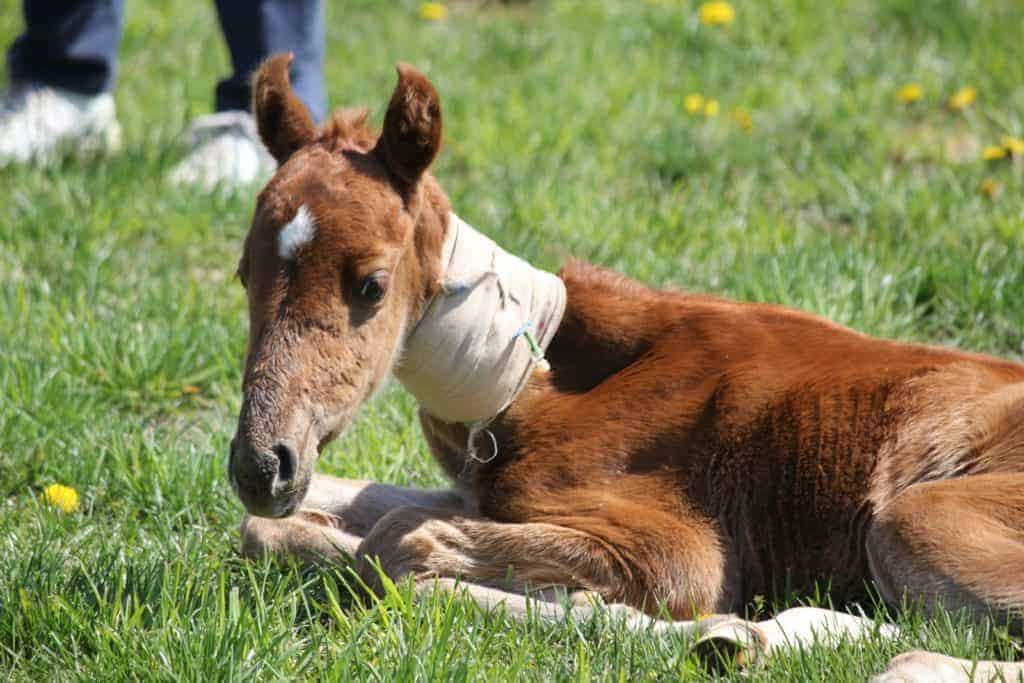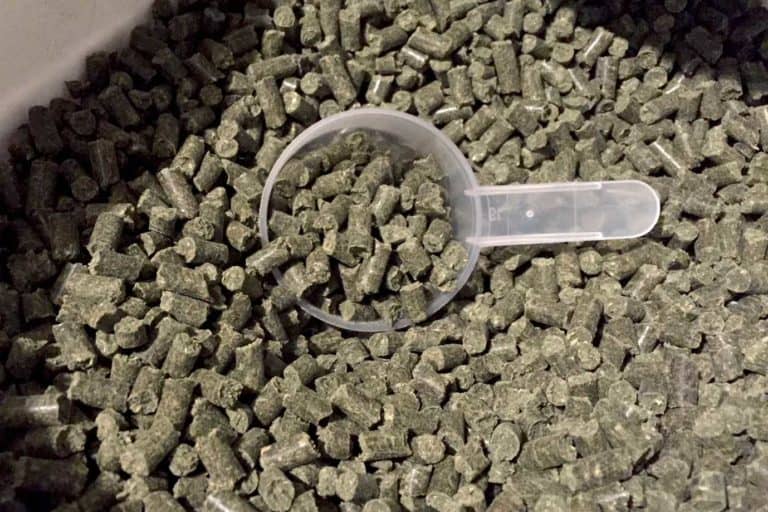
Suspensory Ligament Branch Tears in Racehorses: Surgery and Outcome
Researchers found that treating suspensory ligament branch tears surgically generally yielded a good prognosis and proved superior to noninvasive management. However, they cautioned, surgical intervention is lesion-specific and not applicable to all suspensory branch injuries.






























